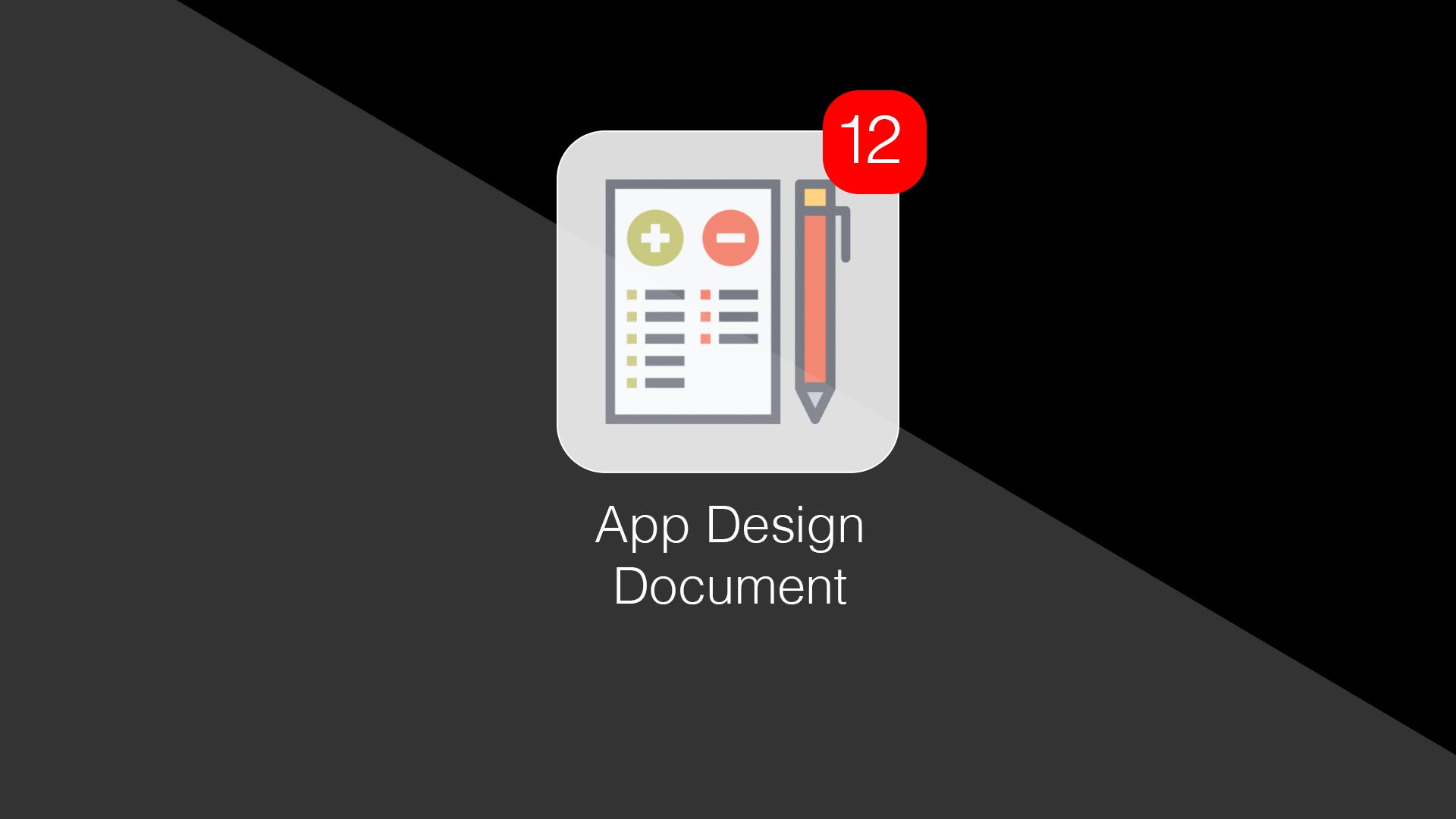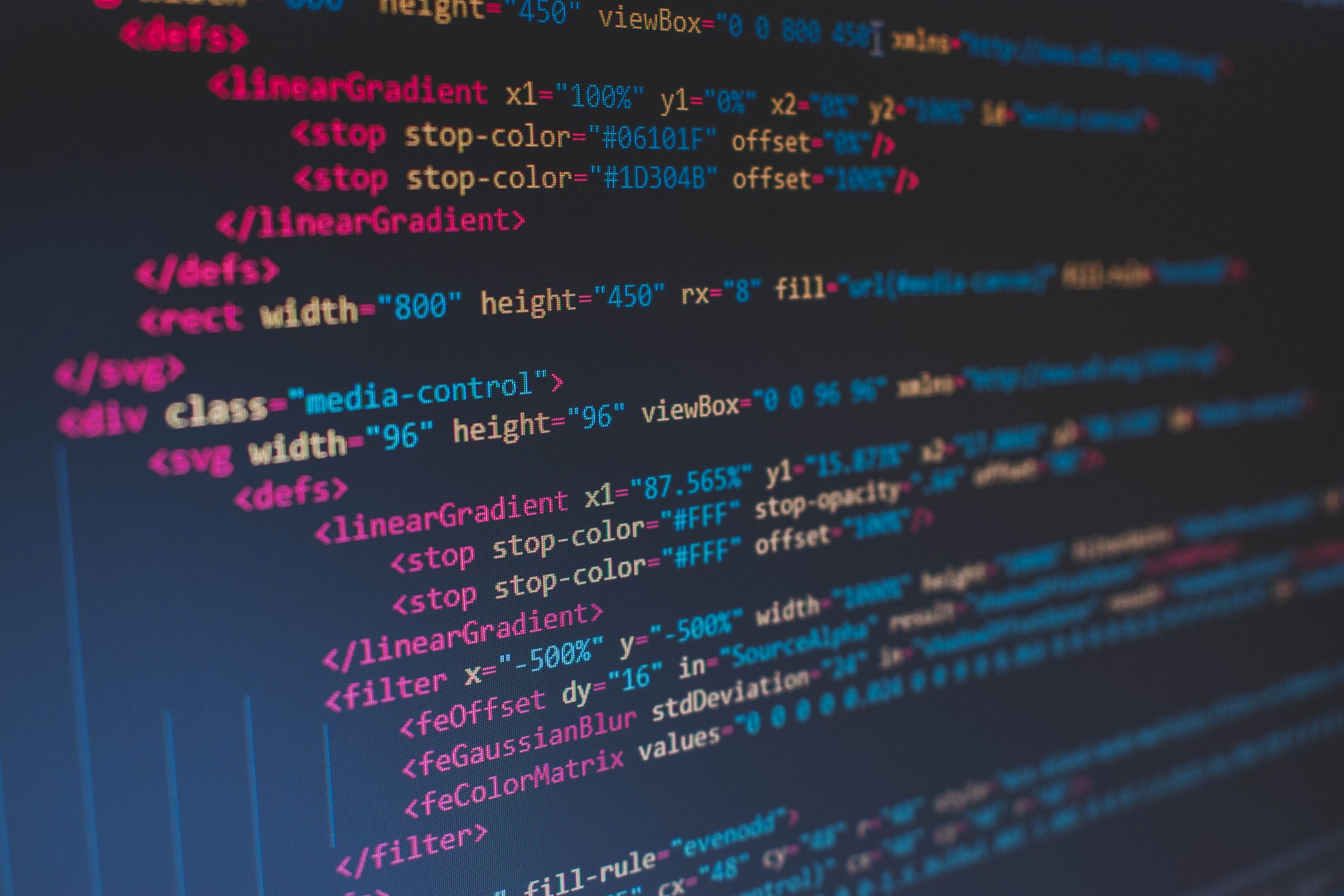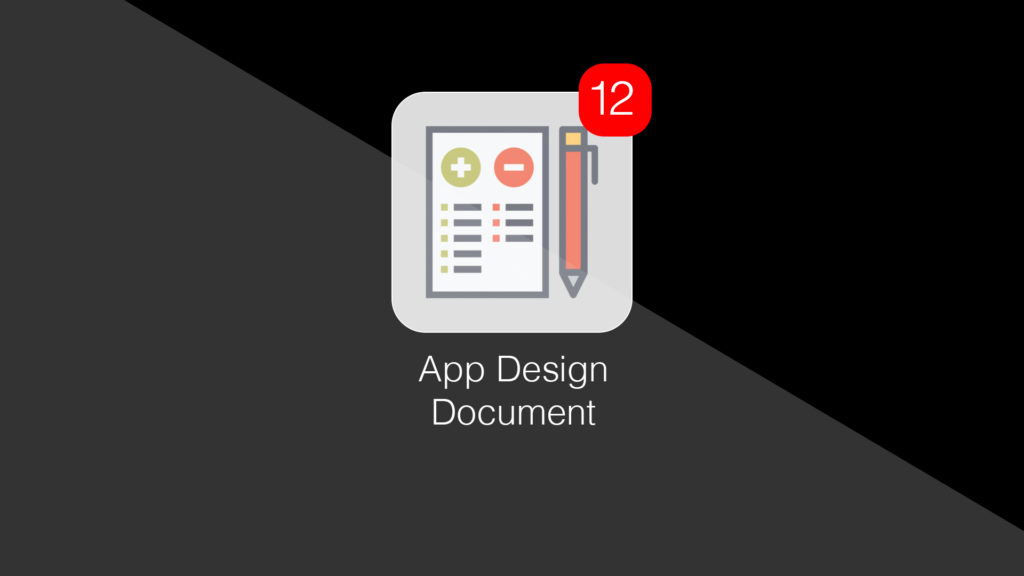How to Prepare an App Design Documentation

If you ever thought about making an app of your own, you’ve probably wondered about your first step. That step is the design document. A design document is the heart of an app design. When you put a design document together, your app moves from a mere wish to an actual plan. Upon this plan, functions and features are articulated, and the development can be executed.
You use the design document to communicate your intentions with your developers. The developers use it to communicate their plan with one another, the marketing team, or the UX team. However, if you are a solo entrepreneur and don’t have any of these tams, you need to put together a document that at the least addresses some of the app’s requirements. Now, let’s see how we do that:

How to Prepare a Design Document
So, how should you prepare your design document? Think of it like this. By reading the document, one should be able to understand the functions, screens, technology required to accomplish these (you don’t need to worry about that), and be able to come up with some sort of a timeline for how long it would take to make your app. So, here is a list of things you need to include in your design document:
App’s Main Features
For instance, you’d write that the primary function is users’ ability to “talk to another” using “text” and “doodling” sketches for each other. This description will help developers understand how the user will interact with the app. When you are writing the main functions, think of other essential things. For instance, in our communication app, you probably need to mention whether the users need to login to your app or, basically, how do you expect two people to find each other (though email, phone number, shared workspace, etc.).

Competition Analysis
It would help if you did a competitive assessment. You can’t just assume that no one else is offering your app. Even if that is true (it is not, there is always a competition), but even if it is, then there is probably a good reason for it, and studying potential competition will help you understand those reasons.
You need to provide a few apps that have some similarities to your app. This process isn’t copying from anyone. Instead, it’s helping developers have a reference on their minds. Having this competition analysis, isn’t only for your developer. It is also helpful for you to understand the market and compare your software with them, find out what they have done right and what opportunities are still there. This morning I spoke to someone who wants to develop a real estate app, and right off that bat, he told me that I should look at the Zolo app, as their app is meant to do a lot of the stuff that Zolo does. Immediately, I made a mental model for myself as to what the app does. Now, I could ask him more substantive questions to find how they are planning to push the app to the next level.
While doing your competition analysis, I would also advise you to sleep on it. Don’t just jump into hiring people. Find out what your app can do for people and what other similar apps are doing. Talk about it to friends and family, or even professionals to get different perspectives. (Don’t worry about sharing your idea with others. It’s not like they are sitting there waiting to steal your idea.)
Secondary Features
Once you are through with the app’s primary function, you should briefly mention all the other features. Do you expect your users to login to your app using social integration (Google, Facebook, etc.), does your app use the camera, push notification, calendar, locations, etc. Do you expect users to keep their data on a cloud and be able to download it. Hoe important is privacy and data security (a recipe recommender app, perhaps doesn’t need an end-to-end encryption, but a text messaging app needs to have solid security in place).

Include some Concept Drawings
If you can doodle something on your won, that’s great. Otherwise, get someone to do this for you. There are many principles to follow when designing screens for apps. You probably won’t know any of those. So, think of it in terms of the user flows. What screen comes first, what comes next, and so on. You could also include some colors and sample mood-boards.
Include a Mockup (for more tech-savvy users)
There are many options out there to make Mockups with minimum efforts. For instance, you can use Axure or Figma to build your screens and the navigation between them. Such mockups are invaluable for developers to understand your thought process.
What to Do with the Design Document
Once you are done with a simple design document, you can circulate that around to a couple of developers, or companies to get a sense of what they think about your app. Your first design document will not give developers a complete picture of what they will be doing. However, it will provide them with a starting point. Developers would communicate with you to make sure they know about the requirements of the UI, data structure, your backend needs, design system, and more. Working towards these details, they can finalize their assessment and come up with technical requirements and a timeline. The combination of these two would help any developer to produce a cost analysis to provide you.

What Else Could You Do
While you are talking to developers and preparing your design documentation, you could be taking an app development course yourself, such as this iPhone App Developer Course or this Android App Developer Course. This way, you will get a sense of what goes through the app development process from a technical perspective. You may not become an app developer, but you will know how complex it will be. Over the years, I’ve had more than a few students who didn’t want to become app developers. Instead, they wanted to know how it happens. That knowledge will help you understand what it takes to develop the app you have in mind.
Producing design documentation and learning the basics of app development require minimal investment from your side. But they will put you in a much better place to assess what’s next for you to develop your app.

